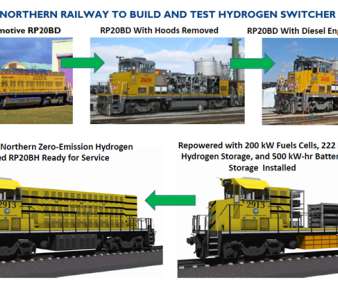GTI quantifies opportunity to produce low-carbon renewable natural gas (RNG) from wood wastes
Green Car Congress
FEBRUARY 15, 2019
GTI has released a site-specific engineering design titled “ Low-Carbon Renewable Natural Gas (RNG) from Wood Wastes ”. GTI led a team of engineers and scientists to produce a blueprint for converting an existing biomass facility into an RNG production site, using the wood waste feedstock and some of the existing infrastructure.





































Let's personalize your content